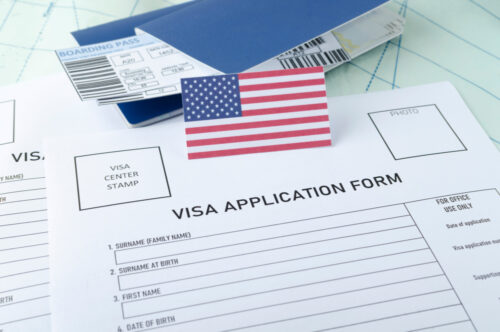
Applying for an H-1B visa, a popular choice among foreign professionals seeking work in the U.S., requires meticulous attention to detail. Unfortunately, applicants often make preventable errors, jeopardizing their chances of approval. Please continue reading and reach out to a New York City immigration lawyer from the Lightman Law Firm to learn more about the most common mistakes to avoid when applying for an H-1B visa.
What Are the Most Common H-1B Documentation Mistakes?
The documentation stage is critical in the H-1B visa application process, and errors here are unfortunately common. To avoid these pitfalls, be aware of the following mistakes:
- Incomplete or Incorrectly Filled Forms: A frequent mistake is submitting forms that are incomplete or filled out incorrectly. Every required field should be meticulously checked and filled accurately. Overlooking even the smallest detail can lead to the rejection of your application.
- Using Outdated Forms: Always ensure that you are using the most current forms available. USCIS regularly updates its forms, and using an outdated version can invalidate your application.
- Insufficient Supporting Documents: Often, applicants fail to provide adequate supporting documentation, such as proof of qualifications or work experience. Ensure that you include all necessary documents, and that they are clear and relevant to your application.
- Incorrect Visa Classification: Make sure you apply for the correct visa classification. Misclassifying your visa type can lead to unnecessary complications or outright rejection.
- Failure to Translate Documents: If any of your supporting documents are not in English, they must be accompanied by a certified translation. Failing to provide translated documents can result in processing delays or denial of your application.
How Can Timing Impact My H-1B Visa Application?
Timing plays a crucial role. Each fiscal year, the U.S. Citizenship and Immigration Services (USCIS) sets a cap on the number of H-1B visas granted. Applications submitted too late risk missing the cap, so plan accordingly. Pay close attention to the visa lottery system’s opening dates, typically in early April. Employers must also be mindful of the Labor Condition Application (LCA) approval timeframe, which can take several weeks. Procrastination is a luxury you cannot afford in this process.
Are There Pitfalls in Employer-Employee Relationships I Should Avoid?
The employer-employee relationship is scrutinized heavily by USCIS. Ensure the job offer falls under ‘specialty occupations’, which require theoretical or technical expertise. Some applicants falter by not having a clear employer-employee relationship, a red flag for USCIS. The employer must demonstrate control over the employee’s work, including the ability to hire, pay, supervise, and fire. Misrepresentations or inconsistencies in this aspect can lead to denials.
H-1B visa applications, fraught with potential pitfalls, demand precision and thoroughness. Common mistakes, such as documentation errors, poor timing, and employer-employee relationship issues, are avoidable with proper planning and understanding. By heeding these guidelines, your journey toward securing an H-1B visa can be smoother and more successful. If you have any further questions or would like help applying for an H-1B visa, please don’t hesitate to contact the Lightman Law Firm today.